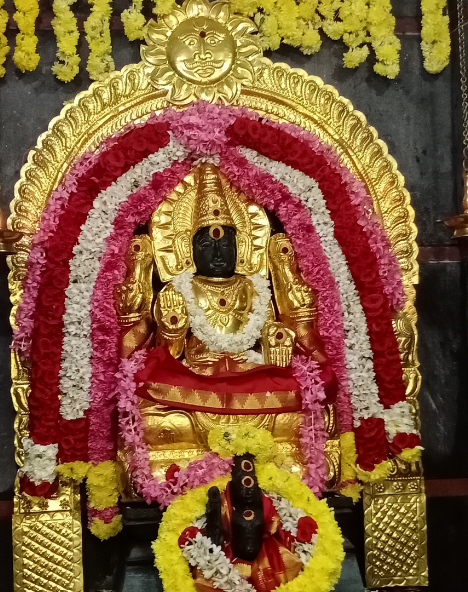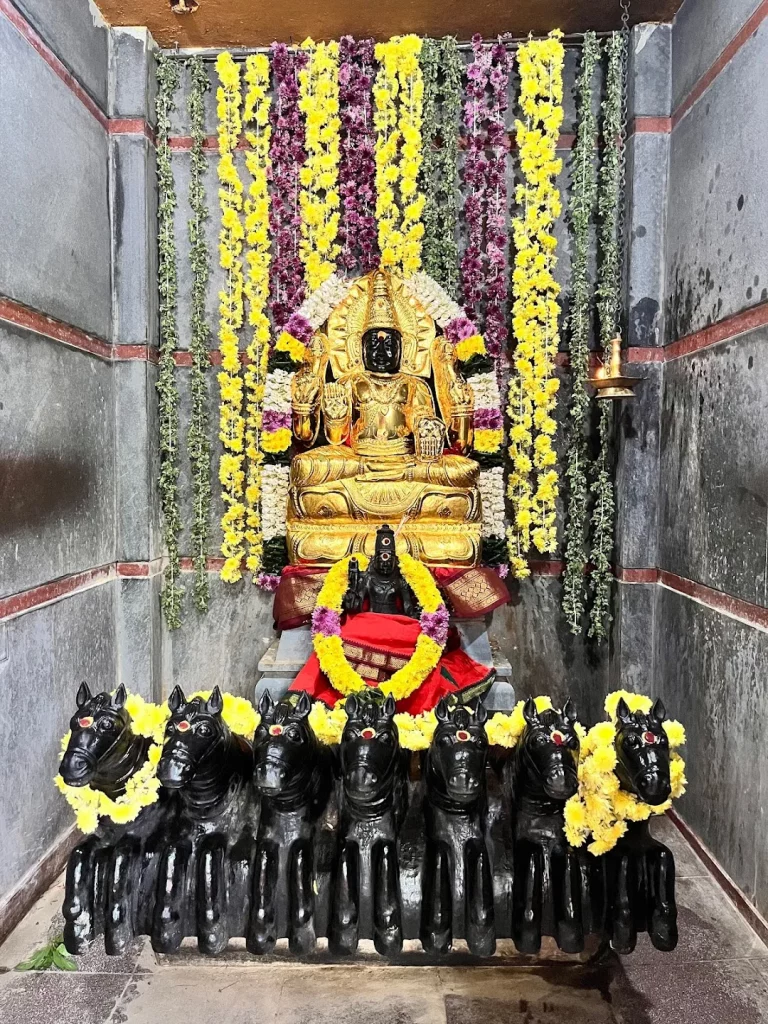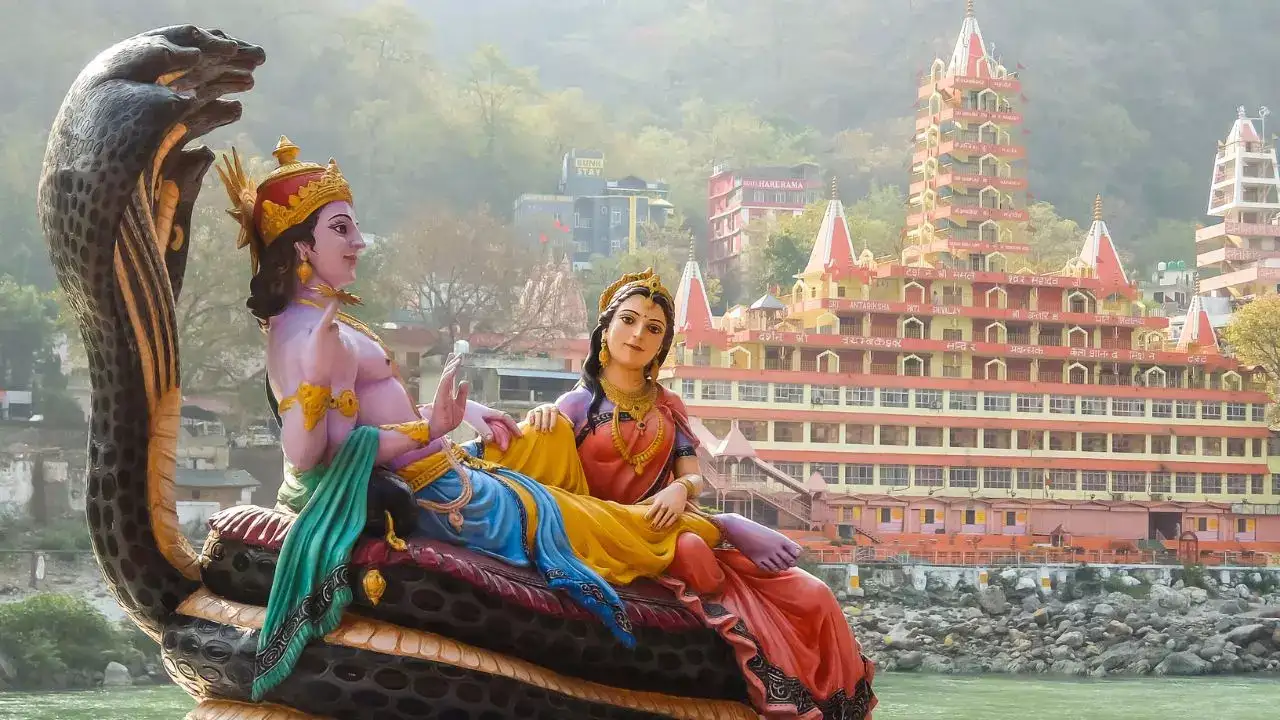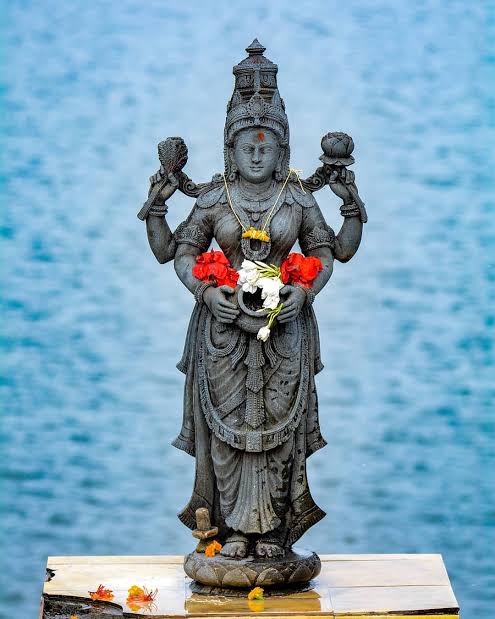Mithuna Sankranti: The Sun’s Journey into Gemini
Mithuna Sankranti, also known as Mithun Sankraman, marks the Sun’s sacred journey into the Gemini zodiac (Mithuna Rashi). This sacred transition, dedicated to Lord Surya, is celebrated by millions seeking spiritual renewal and cosmic alignment. This vibrant festival, especially cherished in Odisha as Raja Parba, signifies feminine energy, fertility, and the blessings of monsoon, as well as deep spiritual and astrological transitions.
“When Surya enters Mithuna, new light dawns upon mind, land, and soul.”
Mithuna Sankranti signals the solar movement from Taurus (Vrishabha) to Gemini (Mithuna). This marks a transition into a time governed by communication, clarity, and creative energies. In Vedic cosmology, this is not just a celestial shift, but an invitation to rejuvenate the body, mind, and soul. While Lord Surya is venerated, this time also symbolizes Bhudevi’s menstruation and rejuvenation – honored especially in Odisha through a celebration of womanhood and agriculture.
Deities Associated
Lord Surya is the primary deity of Mithuna Sankranti. In Odisha, Bhudevi, the Earth Goddess, is also invoked. Additionally, Lord Indra is honored for bringing the life-giving rains of monsoon that nourish the fields.
Origin, Significance, and Vedic Astrological Relevance
Mithuna Sankranti is one among the twelve Sankrantis in the Hindu calendar. Astrologically, it heralds a season driven by Mercury’s influence (Budha Graha), which governs intellect, speech, and adaptability. As Surya aligns with Gemini, a Budhaditya Yoga is formed, enhancing clarity, learning, and divine expression.
In Odisha, the festival has mythological links to the menstruation of Bhudevi. It marks her rejuvenation and readiness to bless the Earth with fertility. Farmers, women, and young girls all find special resonance in this period. For astrologers, this Sankranti represents one of the most potent windows to initiate change, offer daan, and reset karmic imprints.
Customs, Traditions, and Rituals
The festival begins with bathing rituals in sacred rivers like the Ganga or Godavari. Arghya is offered to Surya at sunrise while chanting mantras. Homes are cleaned, and doorways are decorated with intricate rangolis using flower petals, rice powder, or colored flour.
Homes fill with devotional vibrations as devotees chant Surya’s mantras – especially the Aditya Hṛdaya Stotram and decorate altars with lamps, flowers, and fresh fruits. Charitable acts like donating clothes, grains, and other essentials are emphasized during the 16-ghatī punya-kāl, a period recognized as supremely auspicious following the Sankranti moment.
In Odisha, swings are hung for young girls, traditional games are played, and dishes like pitha, dahi baigana, and chhena poda are prepared. Women rest from domestic chores and celebrate their bodies with rituals that emphasize self-love, fertility, and spiritual alignment. Offerings are made to Bhudevi and Surya, with prayers for good harvest and health.
Puja Vidhi & Puja Katha
The Mithuna Sankranti Puja begins before sunrise.
- Wake during Brahma Muhurta and bathe with water sanctified by Tulsi or Ganga Jal.
- Facing the east, offer Arghya with water, red flowers, rice, and sandalwood while chanting “Om Adityaya Namah.”
- Light a diya with ghee and place it before a Surya Yantra or image.
- Recite the Aditya Hridaya Stotram or Surya Gayatri 108 times.
- Offer naivedya of seasonal fruits, jaggery, and ghee sweets.
- Conclude with aarti and distribution of prasad.
Katha: As per Odia lore, Bhudevi undergoes her menstrual cycle during this time, symbolizing a cosmic pause and renewal. It is believed that after three days, she is purified and fertile again, blessing humanity with abundance and growth. Lord Surya’s movement into Gemini signals this period of awakening.
Celebrations Across India
In Odisha, Raja Parba is celebrated with swings, delicacies, new clothes, and songs about feminine divinity. In West Bengal, it coincides with the grand Ratha Yatra of Lord Jagannath. In Tamil Nadu, it is observed as Aani Thirumanjanam, where sacred bathing ceremonies for deities take place.
In Karnataka, the day is known as Sankramana, and people offer oblations to Surya. Bathing in rivers, fasting, and special Surya pujas are common across all regions.
Temples Where This Festival Is Prominent
- Sun Temple, Konark (Odisha)
- Biranchi Narayan Temple (Buguda, Odisha)
- Arasavalli Sun Temple (Andhra Pradesh)
- Modhera Sun Temple (Gujarat)
- Navagraha Temples in Tamil Nadu
How to Observe
Even without elaborate rituals, one can:
- Wake before sunrise and offer Arghya to Surya.
- Recite Surya mantras.
- Observe a partial fast with sattvic food.
- Perform daan of food, clothes, and water.
- Create rangolis and prepare traditional dishes.
Benefits of Celebrating
Spiritual: Awakens inner light, clarity, and devotion to Surya.
Health: Exposure to early sunlight improves mood, immunity, and metabolism.
Social: Enhances gratitude, community bonding, and ecological awareness.
Mithuna Sankranti is not just an astrological event. It is a poetic celebration of light, life, and feminine power. Through Surya’s radiance and Bhudevi’s grace, it inspires us to align with nature’s rhythms, honor womanhood, and embrace the monsoon of blessings.





